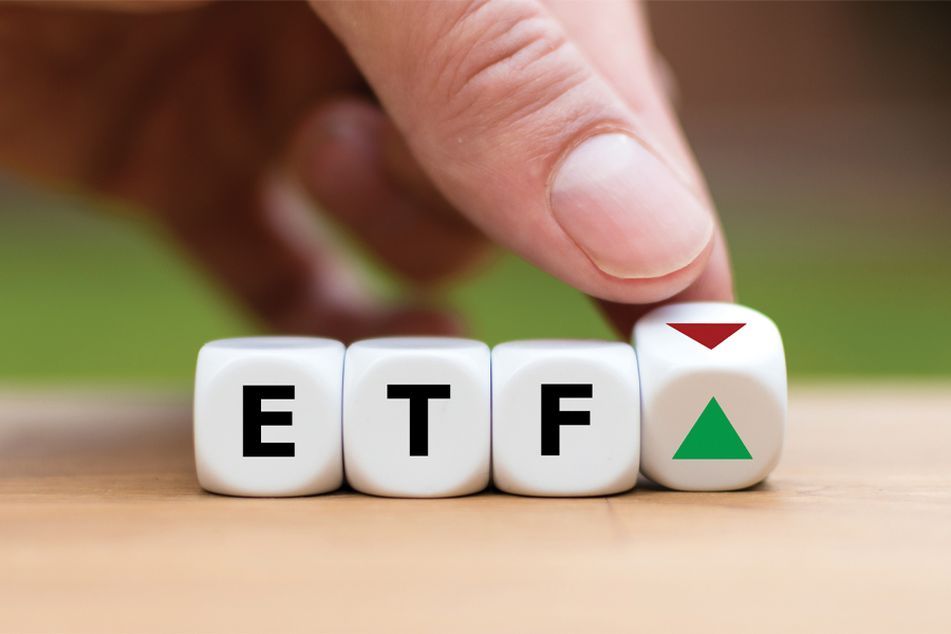Coming soon: Dimensional Fund Advisors ETFs

For the first time, individual investors will have direct access to coveted DFA strategies
Dimensional Fund Advisors, which built a $500 billion active mutual fund business by providing exclusive access to financial advisers, is entering the world of exchange-traded funds where anyone with a brokerage account will have access to at least three DFA strategies.
The Austin, Texas-based fund complex filed Friday morning with the Securities and Exchange Commission to launch its first DFA branded ETFs later this year.
The ETFs, which will be actively managed, include a U.S. all-cap core strategy, non-U.S. developed all-cap core and emerging markets all-cap core.
Dave Butler, DFA co-chief executive officer, said the move into the ETF space is in response to demand from financial advisers.
“We spend a lot of time with clients and have an ongoing feedback loop with consistent and candid conversations about what they need to serve their clients,” he said.
Regarding the move into ETFs, Butler said the consideration was whether “we can systematically add value with the product being discussed. At this point in time the emphatic answer is, yes.”
DFA has been subadvising some ETFs from John Hancock Financial Services as an index provider for almost five years, so this isn’t technically the first time retail investors have had direct access to DFA portfolio management. But it is the first time the ETF space will see the DFA brand on an active ETF.
“I think this is a big deal because Dimensional Funds has a very strong wealth management presence with many advisers using their core suite of mutual funds constructed based on profitability, value, and size,” said Todd Rosenbluth, director of mutual fund and ETF research at CFRA.
DFA mutual funds can only be purchased through an adviser and as part of a broader relationship with Dimensional Funds, which Butler described as “very methodical.”
“We want to give the adviser the ability to kick the tires on Dimensional, and historically we put on conferences and study groups to the point where advisers conclude DFA is the right strategy for their clients,” he added. “We don’t want hot money, and we want advisers to be able to articulate to their clients why they use Dimensional Funds.”
Rosenbluth described Dimensional’ s move into the ETF market as a sign of the times, as investors and advisers are paying more attentional to lower fees and liquidity, both of which are hallmarks of the ETF wrapper.
The SEC filing does not state the fees for the new DFA ETFs, but Butler said they will be in line with what investors have come to expect.
“We’re a low-cost provider and our pricing (on the new ETFs) will reflect that view,” he said.
Time will tell if the new DFA funds sink or swim in the fast-growing ETF space.
But, according to Rosenbluth, based on the short track record of an ETF rolled out less than a year ago by some former Dimensional execs, the future looks bright.
The Avantis US Equity ETF (AVUS), launched in September 2019, has grown to $359 million.
Learn more about reprints and licensing for this article.








